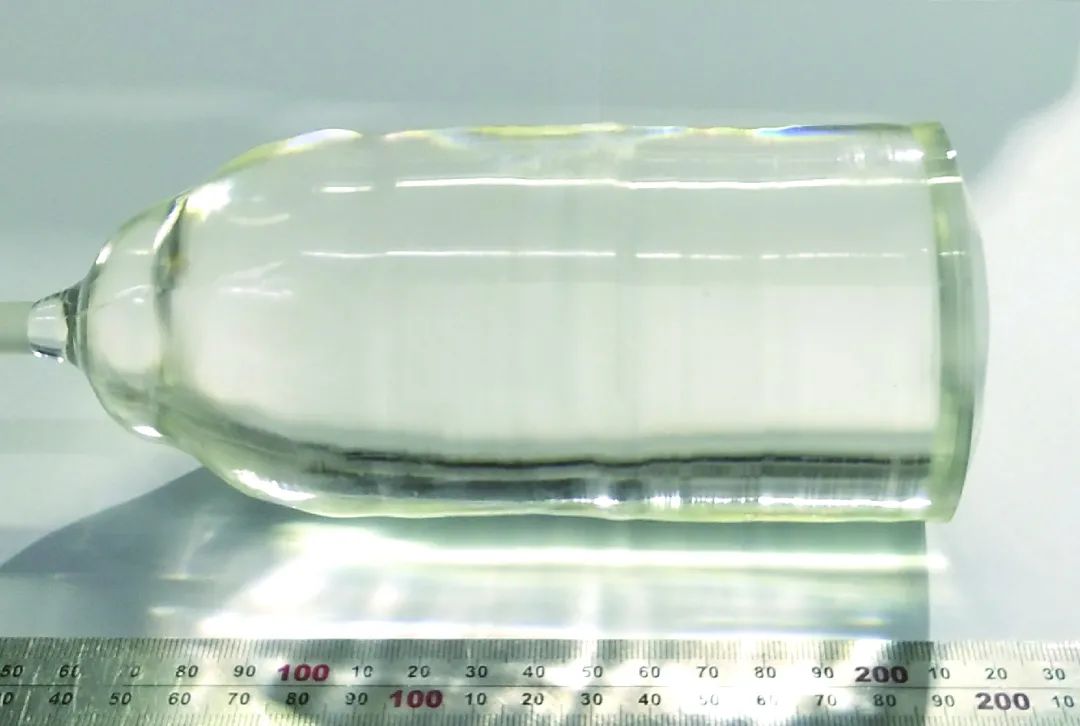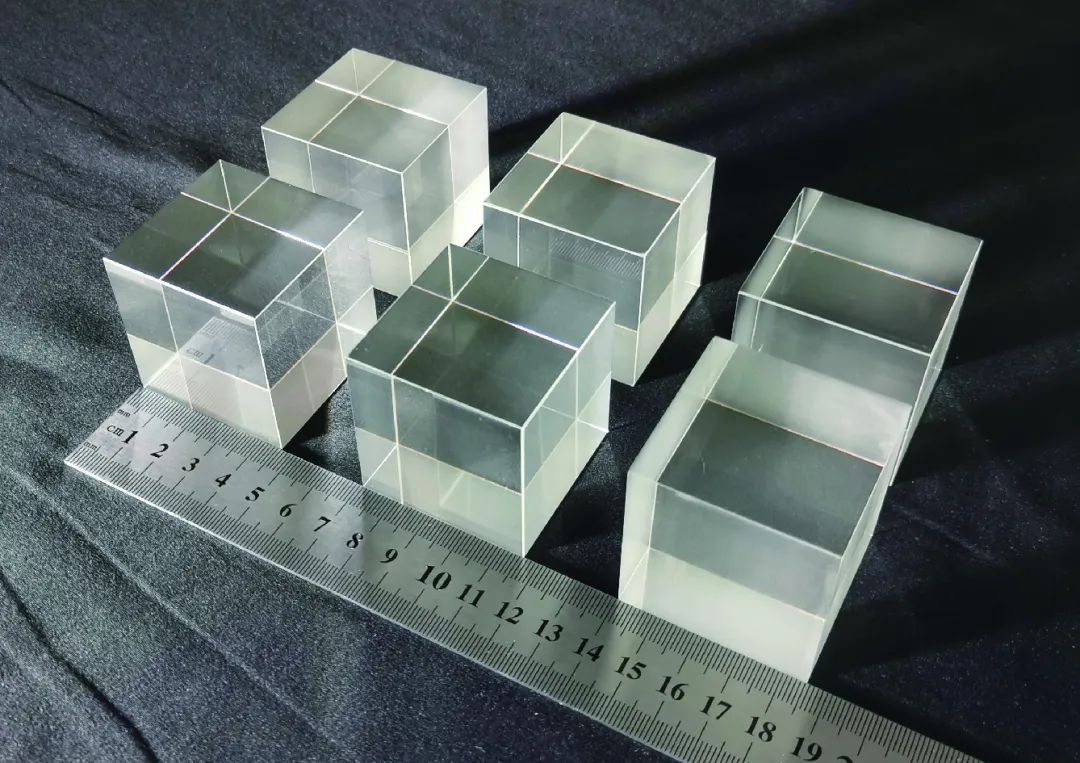Development of lithium molybdate single crystal for low-temperature radiation calorimeter
Aug,15,24
Neutrino free double beta decay is an important scientific frontier in the field of particle physics and nuclear physics research internationally,
and is one of the research directions that may break through the Standard Model of particle physics.
Based on the preliminary experimental research of molybdate scintillation single crystal,
lithium molybdate single crystal (Li2MoO4, LMO) was selected as the key experimental material for low-temperature radiation calorimeter,
and it is required to contain high abundance Mo100 isotope.
In addition, to meet the performance requirements of reducing the radioactive background of single crystal components,
the developed LMO single crystal should remove as many metal element impurities as possible,
especially actinide element impurities such as 232Th and 238U with strong radioactivity.
In order to provide LMO single crystals required for the construction of low-temperature radiation calorimeters,
our team first prepared high-purity crystal blocks using the vertical zone melting method,
and then successfully grew colorless and transparent large-sized LMO single crystals through
the pulling method (with a series of single crystal blank sizes of up to φ (70-75) mm × (140-160) mm).
The crystallization behavior and crystal defects of LMO single crystals under the pulling method conditions were systematically studied.
Through the characterization experiment of system scintillation performance,
it has been confirmed that LMO single crystals have significant temperature dependent
luminescence characteristics under cosmic ray or ultraviolet excitation conditions.
LMO single crystals exhibit strong radiation excited scintillation performance
at low temperatures and have the strongest radiation excited luminescence output at 100 K.
The LMO cubic single crystal with a size of 45 mm × 45 mm × 45 mm was processed from the single crystal blank by optical cold processing method,
and the developed LMO cubic single crystal has no macroscopic crystal defects such as optical scattering.
Research has shown that LMO single crystals have a material habit of being highly prone to crystal cracking.
During the late stage of pulling method single crystal growth,
long-term annealing treatment in the furnace can fully eliminate the thermal stress inside the single crystal blank,
avoiding crystal cracking during cooling and processing.
By using vertical zone melting method or repeated recrystallization growth process, various impurity ions, especially elements such as 232Th and 238U,
can be removed to obtain LMO single crystal elements with lower radioactive background.

Figure 1: LMO single crystal blank with a diameter of 70 mm × 130 mm

Figure 2 LMO cubic single crystal with specifications of 45 mm × 45 mm × 45 mm
According to the basic design of the CUPID China collaborative group using low-temperature radiation calorimeter,
the low-temperature radiation calorimeter device mainly consists of four parts: crystal tower, shielding body, refrigeration device, and signal readout system.
Using high-purity copper as the support frame for cubic single crystals, a considerable number of LMO cubic single crystals will be combined into crystal columns,
and multiple sets of crystal columns will be assembled into a crystal tower as the core device of the low-temperature calorimeter.
At present, the development of single crystal components and low-temperature calorimeters carried out by the CUPID China collaboration group is underway.
The collaboration group is researching a series of key technologies involved in using low-temperature calorimeters to conduct large-scale physical experiments,
including designing crystal detection towers, constructing extremely low temperature environments, radiation background identification methods,
pre amplification of weak signals, and shielding of natural radiation experimental sites.






